Every successful home search begins with a wish list. Armed with your inventory of must-haves, you’ll know how to focus your search and recognize a potential home that isn’t worth your time.
Still, there’s a strange thing that seems to happen when you’re deep in the trenches of house hunting: The more you look, the longer that wish list seems to grow. But sooner or later, you have to own up to the fact that you can’t have everything—it’s inevitable that you’ll make some compromises somewhere.
And, in these days of tight inventory and cutthroat competition from other buyers, you might feel forced to waver far afield from your hallowed wish list in order to land a home.
That’s OK—it’s important to be flexible. But there are a few times when you absolutely should draw the line. Here are seven areas where you’ll want to dig in your heels.
1. Buying a fixer-upper when you really want turnkey
You have never swung a hammer, have a phobia of power tools, and always pictured yourself in something new and shiny. But that doesn’t mean you won’t fall in love with a charming, century-old farmhouse that needs a ton of work. Now’s when you have to decide: Are you up to the financial and emotional challenges of taking on major renovations?
It’s an option you should seriously consider (with the help of an experienced general contractor) if you’re in a highly competitive market. But if you don’t think your bank account or your marriage could survive many months of upheaval, stick to your guns and insist on a turnkey home, says Mike Kessler, a broker with TSG Residential, in Davidson, NC.
“There have been times when I’ve said to clients, ‘after being with you for a week, I really think we need to look at new construction,'” Kessler says. Many of those clients, he adds, were later grateful for the course correction, saying, “We would never have been able to enjoy ourselves in [an older] house.”
2. A good school district
Even if you don’t have children, you should make sure the house you’re eyeing has desirable schools nearby, says Tina Maraj, a Realtor® with Re/Max North Orange County in Fullerton, CA.
Does it matter if you’re not looking to have a few kids? Well, things can always change. But even if they don’t, good schools typically translate to a higher resale value—potential buyers with families will want to be in the right district.
Just make sure to do your research and determine where the home sits in relation to the school district boundaries.
“Often agents will advertise a property as being near such-and-such school area, but not necessarily specify the district, which can be very confusing,” Maraj explains. “It can be a real eye-opener if a buyer closes and they’re on one side of a main street that is the dividing line between the top-rated and the lowest-rated high schools.”
Go to the school district’s website to get a map of the district boundaries.
3. The floor plan
Does the home fit your minimum criteria in terms of number of rooms and the flow of the main living areas? If not, cross it off your list, says Sarah Garza, a Realtor and military relocation specialist with Trident Homes Realty in Arnold, MD.
Garza can share some personal cautionary tales: A military spouse, she’s moved 12 times in the past 20 years, buying and selling nine homes in the process.
“I regret that I compromised on layout in the past,” she says. “When I really needed four bedrooms, I’ve gone to three and then wished I hadn’t.”
Sure, you can add on. But don’t use that option as a fallback, Maraj warns.
“You can change a layout to make it an open floor plan, but it’s a lot more difficult to change the bedroom and bathroom count,” she says. “In the long run, you could end up having a lot of problems and taking on a really big financial undertaking.”

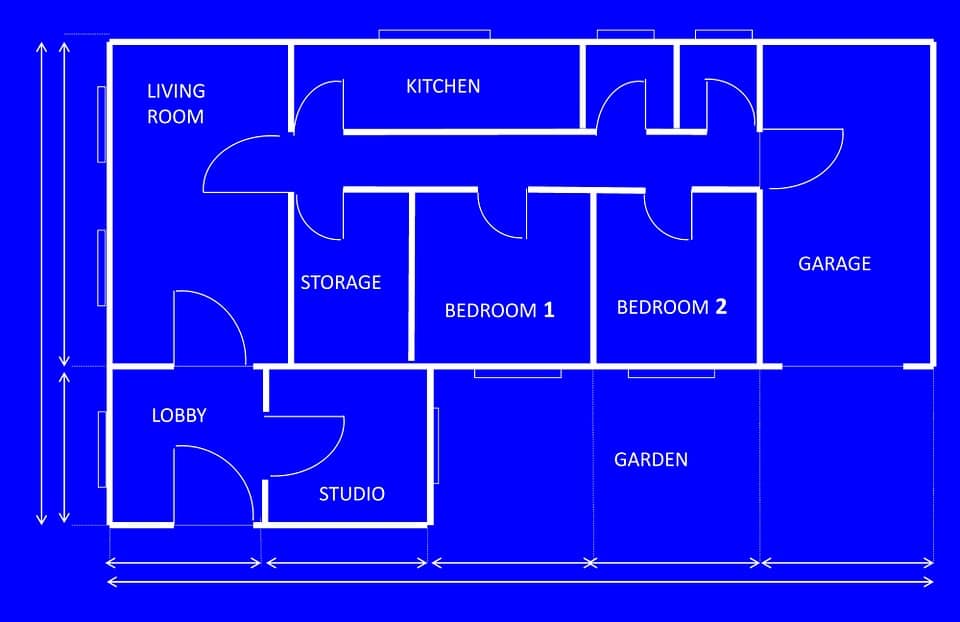
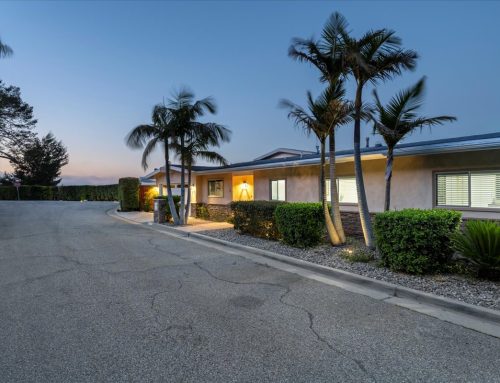
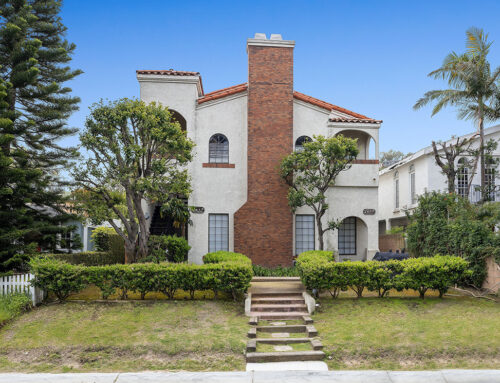
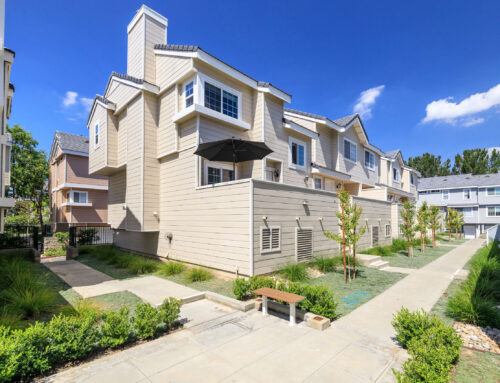
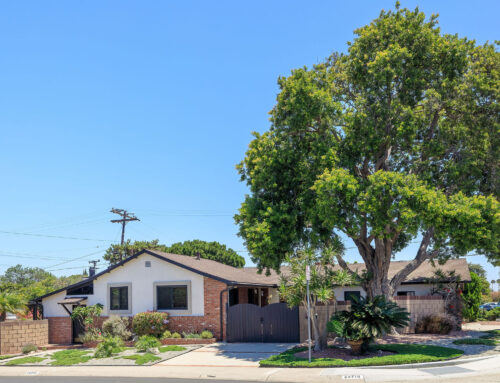
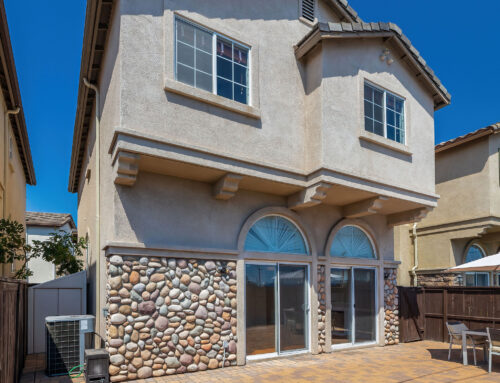
Leave A Comment
You must be logged in to post a comment.